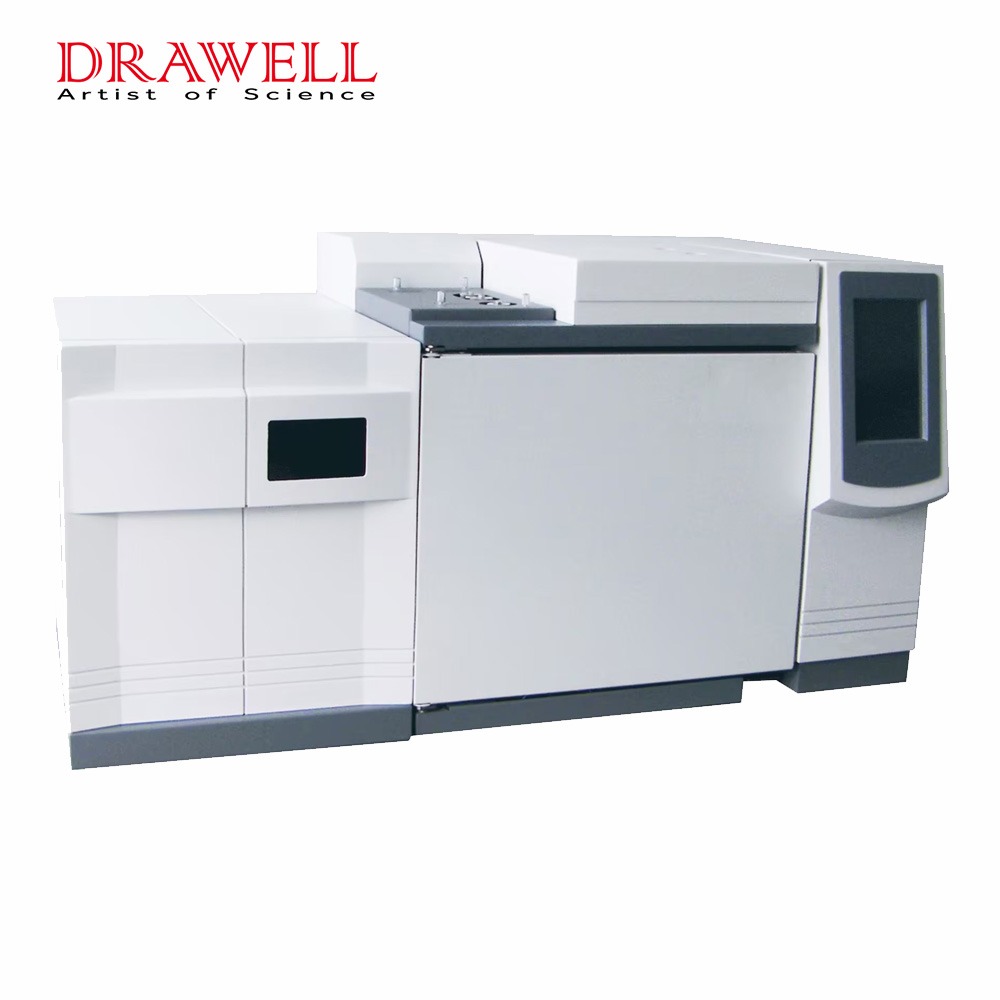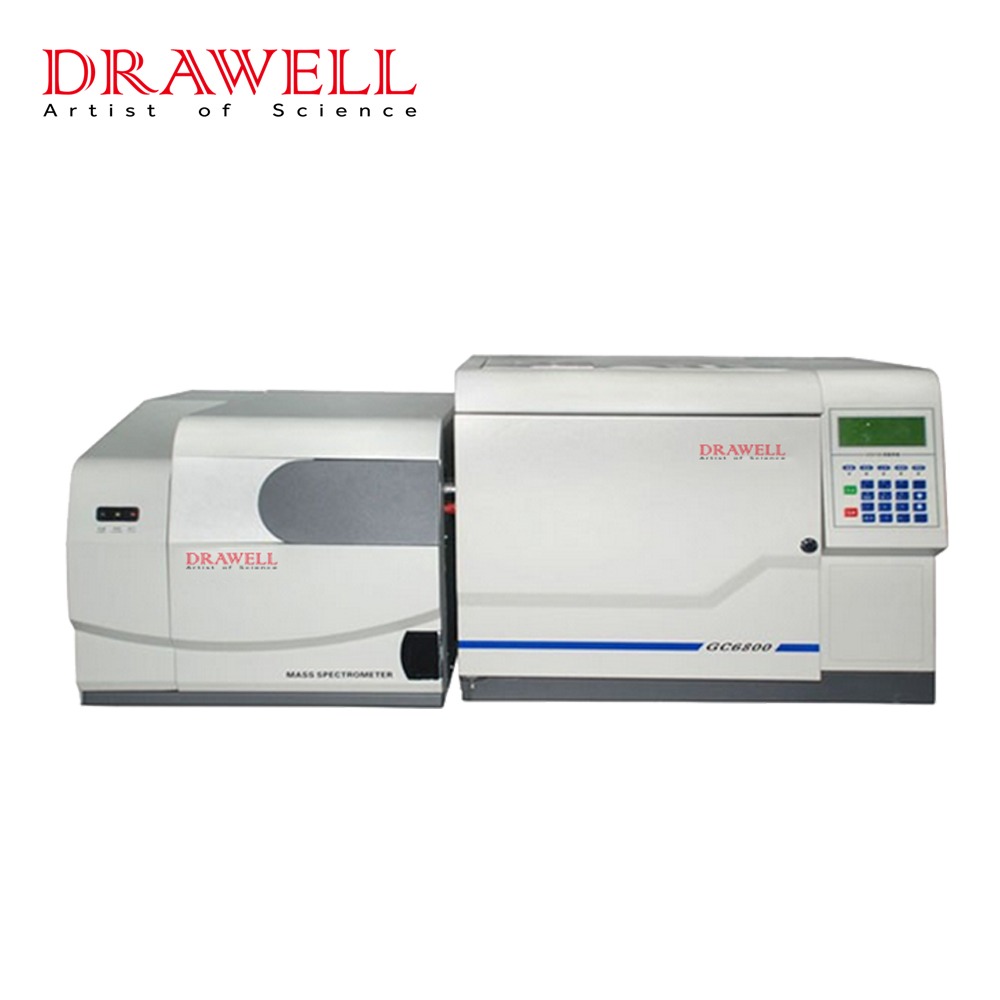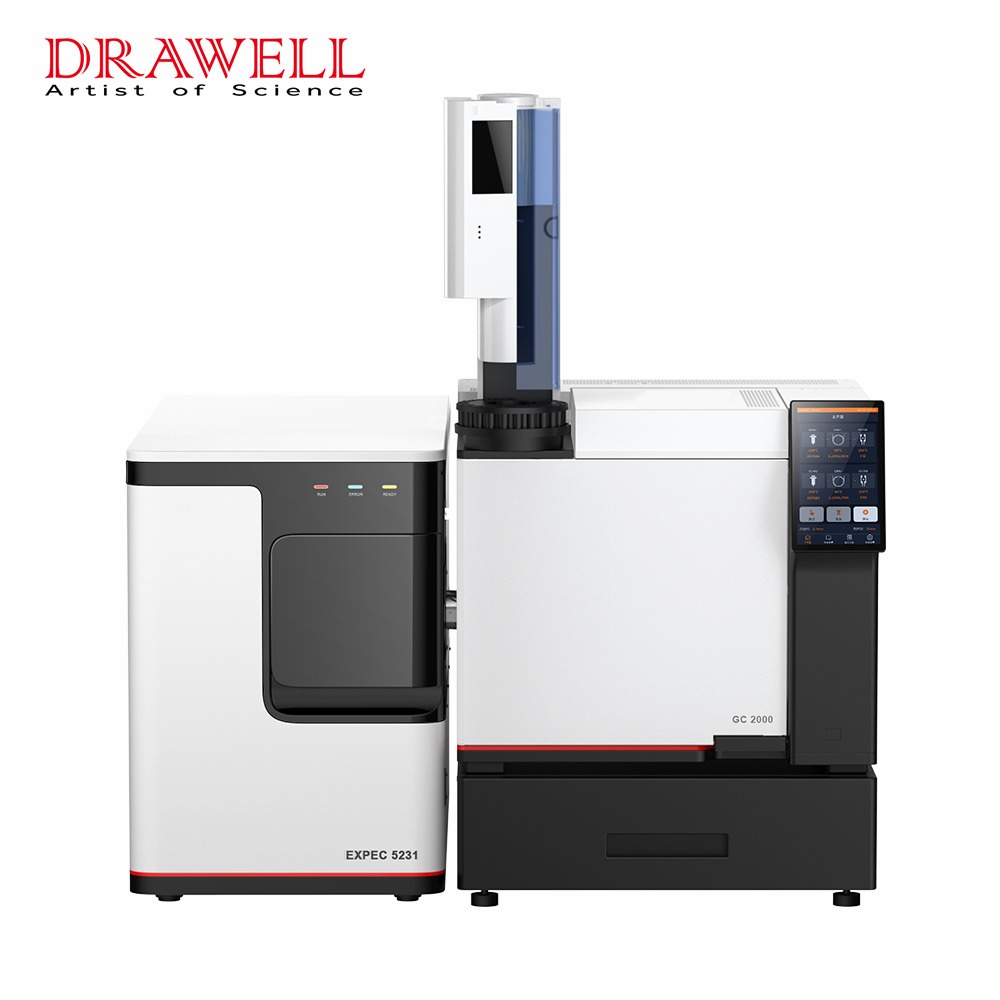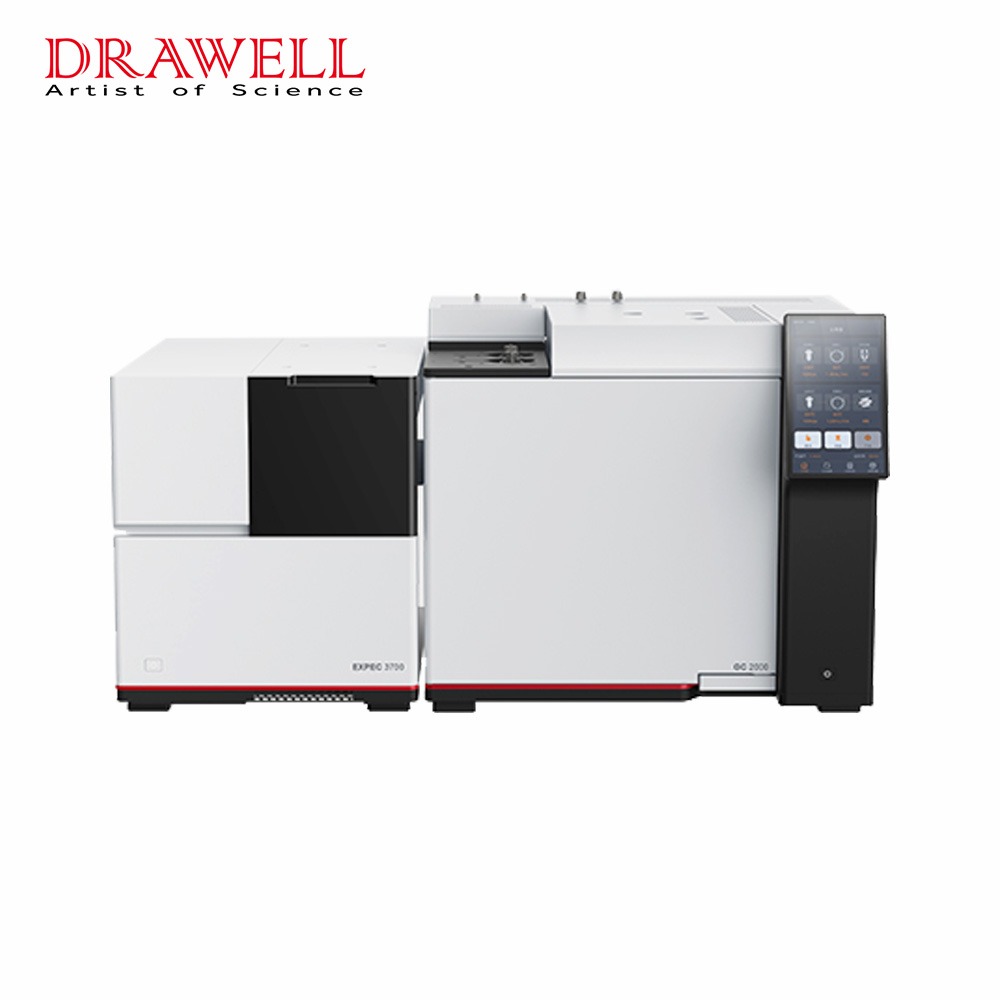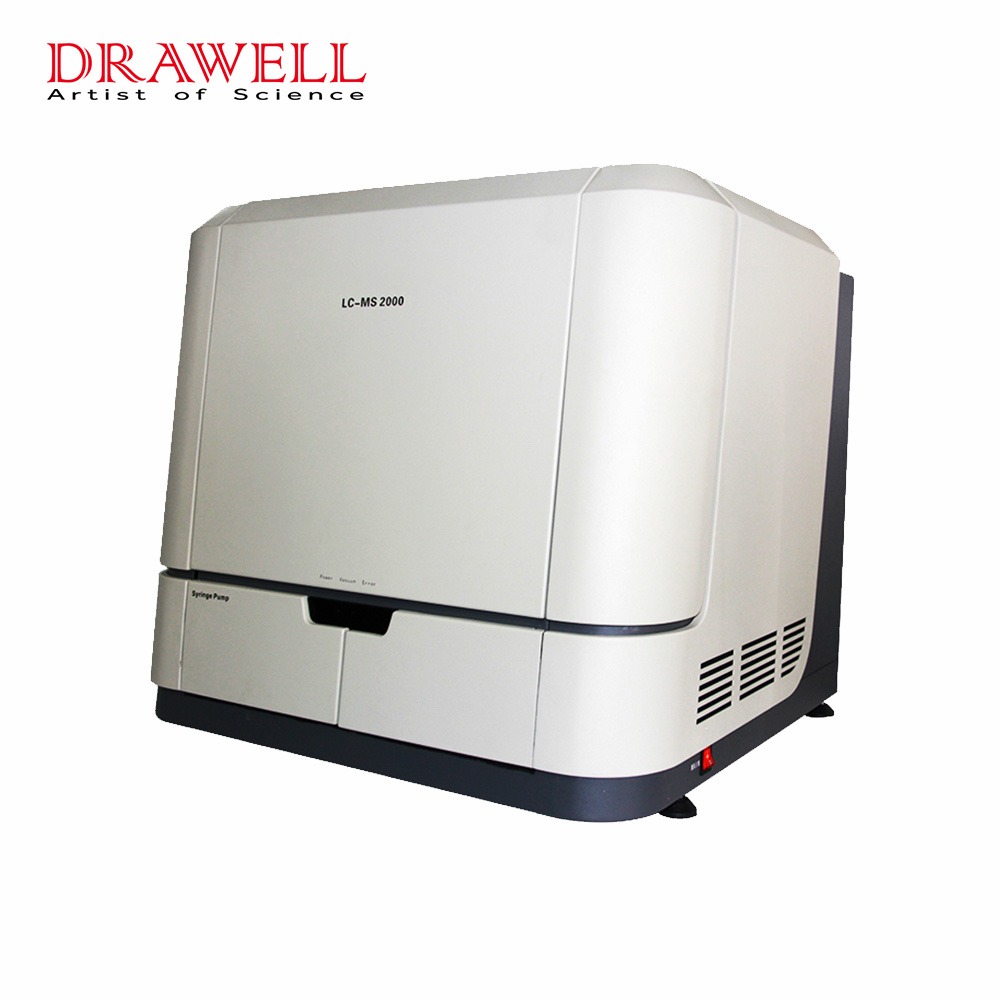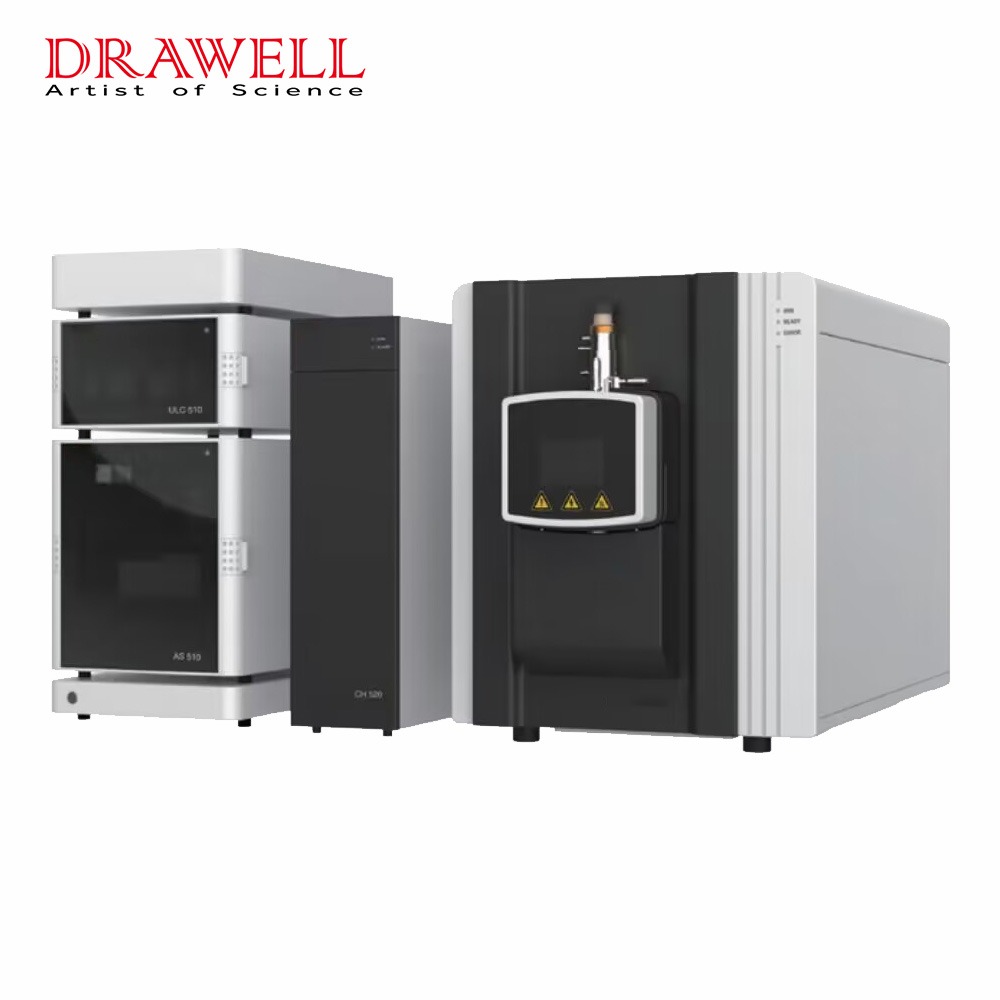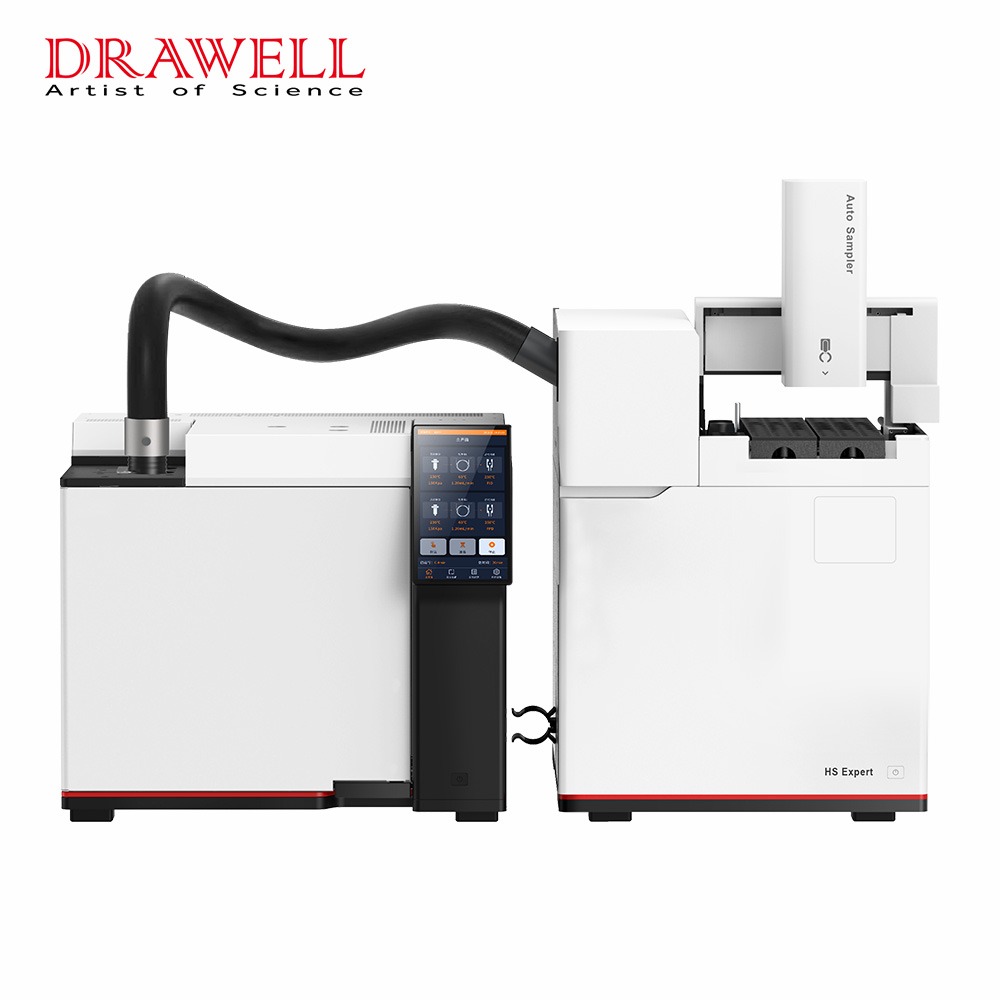There are many test instruments used in the laboratory, and high-performance liquid chromatography (HPLC) is one of them. The instrument is based on classical chromatography, citing the theory of gas chromatography, and technically it changes the traditional mobile phase to high-pressure delivery. This article will introduce the principle and application, characteristics, failure causes, and treatment methods of high-performance liquid chromatography (HPLC).

How does high-performance Liquid Chromatography Work?
In HPLC chromatography, the mobile phase enters the system through a high-pressure pump, the sample solution enters the mobile phase through a syringe, and the mobile phase is loaded into the chromatographic column (stationary phase). However, due to the different distribution coefficients of each component in the two-phase sample solution, the moving speed of each component after repeated adsorption-desorption distribution in the two-phase sample solution is very different. It is separated into a single component that flows out of the column. As the sample concentration passes through the detector, the sample concentration is converted into an electrical signal that is sent to the recorder, and the data is printed out in the form of a graph.
Applications of High-Performance Liquid Chromatography
High-performance liquid chromatography (HPLC) is an instrument that applies the principle of high-performance liquid chromatography and is mainly used to analyze organic compounds with high boiling points, non-volatile, thermally unstable, and large molecular weights. It consists of the liquid storage tank, pump, injector, chromatographic column, detector, recorder, and other parts. HPLC is widely used in life sciences, food sciences, pharmaceutical research, and environmental research.
- Application in environmental analysis: It can be used for the analysis of cyclic aromatic hydrocarbons (PAHs), pesticide residues, etc.
- Application in food analysis: It can be used for food nutrition analysis, food additive analysis, food contaminant analysis, etc.
- Application in life science: Purification, separation, and determination of molecular weight substances in life science, genetic engineering, clinical chemistry, molecular biology, and biochemistry can be studied at the molecular level.
- Application in the medical examination: analysis and determination of metabolites in body fluids, pharmacokinetics, clinical drug monitoring, etc.
- Application in inorganic analysis: analysis of anions and cations, etc.

Common Faults and Treatment Methods of High-Performance Liquid Chromatography
Fault 1: There are bubbles in the mobile phase, turn off the pump, open the exhaust valve, press the cleaning button and the vent, the bubbles continue to emerge from the filter and enter the mobile phase, no matter how many times the cleaning button is turned on, it cannot be cleared continuously. generated air bubbles.
The reason and how to deal with it: The filter is soaked in water for a long time, due to the growth and spread of mold in the filter head, the filter is blocked by the formation of bacteria. “It is difficult for the buffer to pass smoothly through the filter head, and the air passes through the filter under the pressure of the pump and enters the mobile phase.
The filter head was soaked in 5% nitric acid solution and ultrasonically cleaned for 15 min. The filter head can also be soaked in 5% nitric acid solution for 12 hours, shaken gently for 36 hours, then rinsed several times with pure water, open the exhaust valve, open the purification key, and take out the gas from the filter tank, if there is still in the filter bubbles, continue to soak the filter in 5% nitric acid solution.
If no bubbles continue to appear in the filter, it means that the mold in the filter can be destroyed by nitric acid, the mobile phase can pass through the filter smoothly, open the exhaust valve, open the pump flow to adjust 1.0 × 30 mL/min, rinse 1 After about an hour, the filtrate can be washed. Close the pressure-reducing valve and flush with pure methanol for half an hour.
Fault 2: high column pressure;
The reason and how to deal with it:
(1) Buffer salts such as ammonium acetate, etc., are deposited in the column;
(2) Sample contamination deposition
Treatment For the first case, first use pure water at 40-50 degrees and flush the column at a low speed. After the column pressure gradually drops, increase the flow rate accordingly. After the column pressure drops significantly, flush with room temperature pure water, and then use pure methanol. Rinse the column for 30 minutes, for the second case, the C18 column contaminated by the deposition of the sample, back-flush the column with pure water, then change to methanol flush, followed by methanol + isopropanol [4+6] flush the column [ The length of the flushing time is determined by the contamination of the sample], and then the column is flushed with methanol, then with pure water, and finally with methanol, and the column is flushed forward for more than 30 minutes.
Fault 3: There is neither pressure indication nor liquid flow.
The reason and how to deal with it:
- The pump sealing gasket is worn;
- A large amount of gas enters the pump body: deal with the first case, replace the sealing gasket.
For the second case, use a 50 mL glass syringe at the pump outlet without assisting in the extraction of air while the pump is on.
Fault 4: The pressure fluctuates greatly and the flow is unstable.
The cause of the failure and the treatment method: There is a foreign body between the gem ball and the air seat or the one-way valve so that the two cannot be sealed.
Pay attention to the amount of mobile phase during work, make sure that the stainless steel filter sinks into the bottom of the liquid storage bottle, avoid inhaling air, and completely deflate when moving accordingly. For example, if there is a foreign matter between the check valve and the valve seat, remove the check valve and put it in In a beaker with acetone, ultrasonically clean it.
The above knowledge is our DRAWELL summary of the principle, application, characteristics, failure causes, and treatment methods of high-performance liquid chromatography (HPLC). I hope this article is helpful to you.
Many problems can arise during the use of high-performance liquid chromatography. If the operator can understand the cause of the failure, the failure can be prevented and eliminated, and the instrument can be used to its full potential.
Of course, if you have doubts about how to buy a good HPLC, I recommend DRAWELL’s HPLC. DRAWELL, as China’s top supplier of high-performance liquid chromatography, has excellent HPLC detection capabilities and a very competitive HPLC price advantage, making DRAWELL’s chromatography the first choice for many laboratories around the world.

